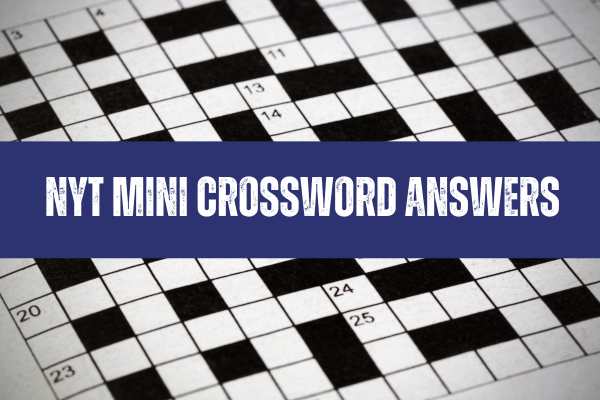Step into the arena of Disney Pixar’s Toy Story with an exploration of one...
Entertainment
Chuck Norris isn’t only a call; it’s a phenomenon. The guy recognized for his...
How we devour media has been entirely modified with the onset of digital generation...
In a technology in which sustainability isn’t always a buzzword but a need, the...
In an age wherein leisure is at our fingertips, unfastened movie streaming has become...
Today, entertainment is as simple as a single click, and Myflixer has taken up...
Planning an occasion, whether a celebration, faculty truth, or network amassing, often involves many...
Every platform should be considered in the streaming era, where the reign of films...
Four Seasons Orlando Baby TikTok: Greetings to our enchanting tour on creating TikTok memories...
Soccer fanatics, streaming lovers, and sports fans, are you equipped to revolutionize how you...
For many streamers and tech enthusiasts, OpenLoad Pair (OLPair) became a important part of...
Are you tired of juggling a couple of subscriptions, traumatic commercials, or endless sign-up...
Looking for a fun and exciting manner to maintain your children entertained? Bounce houses...
What occurs whilst three not going buddies, united by their obsession with authentic crime,...
For each person who loves toys, creativity, or has a gentle spot for cuddly...
Are you geared up to channel your inner wizard and discover which Hogwarts residence...
The buzz is real cast of Road House 2024 is at the horizon, and...
Imagine the historical global, where track wasn’t simply leisure but a bridge to the...
Model teach fans and collectors recognize that the right accessories can make or smash...
When recreation is a high a part of people’s lives, locating a dependable and...
In the bustling international of technology and innovation, few personalities stand out as vividly...
In the rapidly evolving international of customer support, staying ahead of the curve is...
Introduction to Instagram’s Power in Business In the bustling virtual market, Instagram is a...
Your Comprehensive Guide to Navigating WorkConnect for Career Success Navigating the process marketplace may...
Discovering MP3Juice: Your Ultimate Guide to Seamless Music Downloads In a global in which...
Nowadays, it is possible to watch movies or series over the internet using online...
Imagine an afternoon where the solar kisses your skin, the water soothes your soul,...
Art has continually been an intrinsic part of human civilization, forming a bridge among...
If you’re a Telugu film buff, you know how difficult it is able to...
Hey, anime fans! AnimeFLV, the all-in-one platform for an endless anime marathon, is here...





























